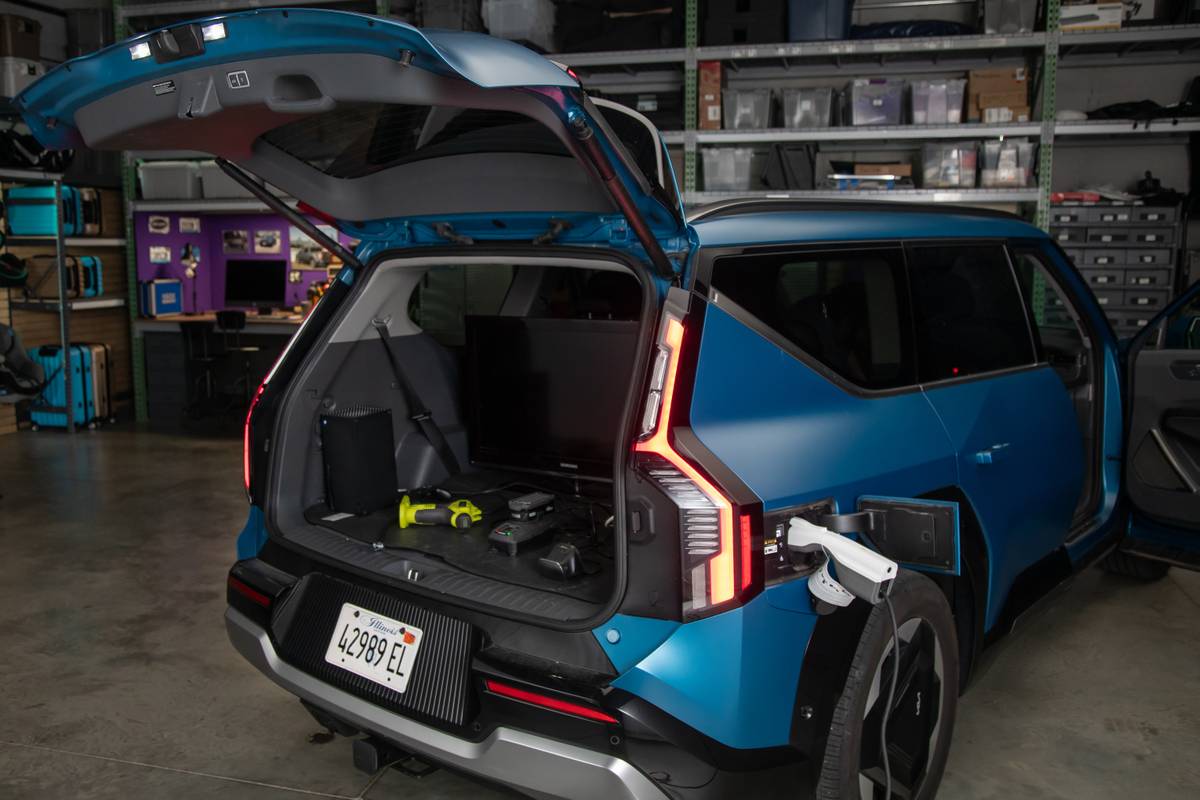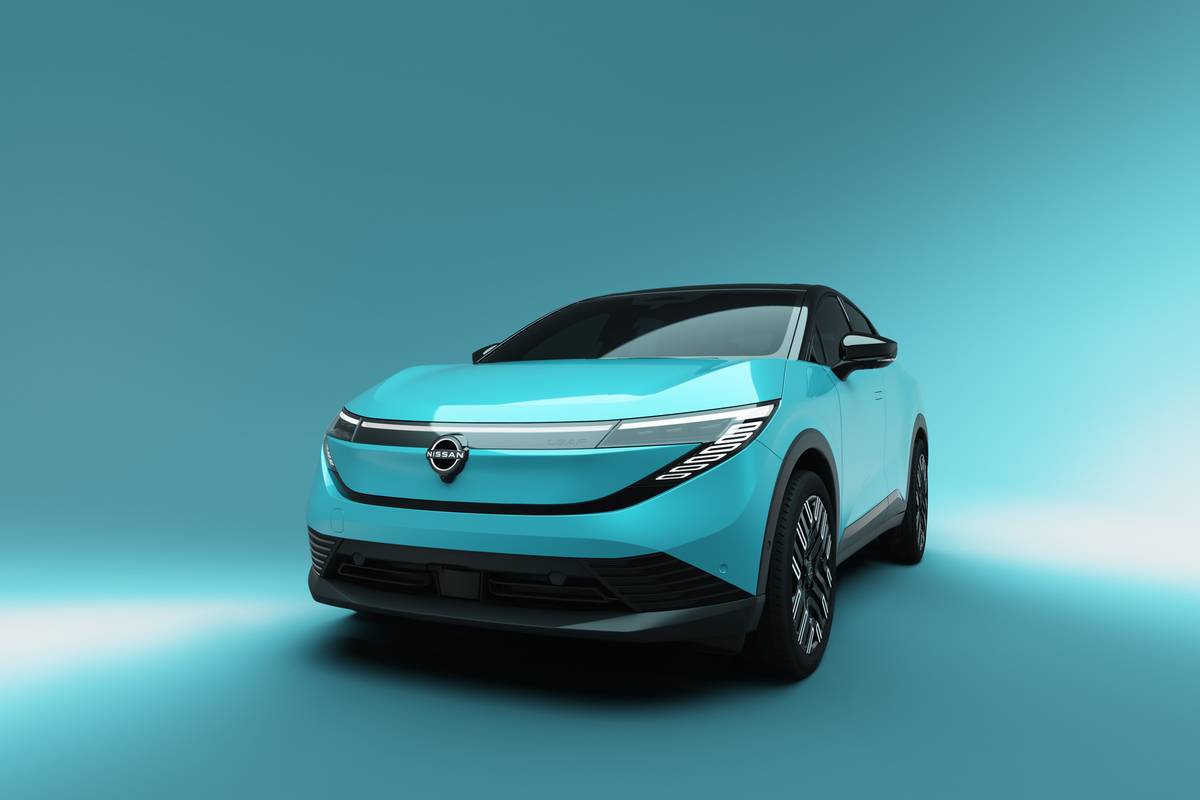chicagotribune.com's view
It seemed fitting that if this is to be Quake Day, we should test a pairof survival vehicles.
We drove the Chevy GEO Tracker and the Jeep Wrangler. Since scientistshave voiced some doubt the New Madrid Fault will succumb to quake predictions,we felt confident enough to test the convertible Tracker and open-topWrangler.
We quickly found that while we threw caution to the wind with soft-topversions, the wind threw it right back at us. Plastic and vinyl might make agood covering for a lamp, but it leaves much to be desired in a motorizedvehicle vying for space on the road.
Here`s a rundown on the two.
Safety: Might as well get to the important one first. Neither the Tracker nor the Wrangler would be on our list of the top 1,000 or so vehicles we wouldprefer to be in when a semi pulls within reading distance of our bumpersticker on the Kennedy Expressway.
Both offer four-wheel drive, which makes greeting the first 6-inchsnowfall much more tolerable than if you were behind the wheel of a Camaro or Firebird. But when the non-4WD vehicles around you start to slip and slide,you probably wouldn`t want to be on the receiving end of their blows in asmall, lightweight Tracker or Wrangler.
Stability: Acceptable footing in the short-wheelbase (86.6 inches, 142.5inches long) Tracker, but we don`t suggest high-speed turns or corners. TheWrangler is wobbly. Just a slight movement of the wheel would send us waveringfrom a straight line. Up and down motion was akin to driving a bucking bronco to work. If the ground starts shaking today, head for a shelter, not yournearest Wrangler.
Noise: The Tracker was reasonably quiet considering you have what amounts to a layer of plastic wrap shielding you from the road noise. With theWrangler, the decible level is unbearable. Conversation with the wife ridingshotgun was ruled out. A 15 m.p.h. wind sounded as if it were a hurricane.Windows shimmied and shaked and the plastic crackled. It was like riding with the top down when the top was up.
Roominess: The Wrangler gets the nod, with a slightly longer wheelbase(93.4 inches) and length (153 inches). Also, the rear seat ($455 option onWrangler/standard on Tracker) is wider, and you needn`t remove loose changefrom pockets to fit two people in back.
Fuel economy: Base engine in the Wrangler is a 2.5-liter, 123-h.p. fuel-injected four-cylinder that claims 18 m.p.g. city/20 m.p.g. highwaymileage. The Tracker is powered by a 1.6-liter, fuel-injected, 80-h.p. four-cylinder that claims 25/27 m.p.g. The Wrangler offers an optional engine, a4-liter, 180-horsepower six. The Tracker offers no optional engine, but doesoffer automatic transmission, which is EPA-rated with the 1.6 liter at 23/24m.p.g.
Spare-tire mounts: Both have the spare mounted to the rear door. With the Wrangler, you can open the door and the spare swings out with it to give youimmediate access to the back end. With the Tracker, you must unfasten the rearplastic window first in order to swing open the door and its mounted spare.
Antilock brakes: Standard rear-wheel ABS on the Tracker, not offered onthe Wrangler.
4WD: The Wrangler can be shifted into 4WD on the fly. The Trackerrequires that you get out and lock the hubs. Both have a floor-mountedtransfer case that needs to be shifted to engage all wheels.
Intangibles: Tracker windows roll down, Wrangler windows need to beunzipped-lots of fun at the toll booth. The Tracker has a hand-pull emergency brake between the front seats, the Wrangler a foot brake along the floor that is not easy to reach since it`s located far to the left.
Price: The Tracker starts at $10,885 ($11,285 for hardtop), the Wranglerat $9,890. Standard equipment on the Tracker includes power brakes, foldingrear seat, carpeting, trip odometer, styled wheels, Scotchgard fabrictreatment, 15-inch wheels and dual outside mirrors. Wrangler standard equipment includes power brakes, 15-inch wheels, swing-away left-side viewmirror, front carpet mat, trip odometer and clock, and tinted windshield.
Latest news



